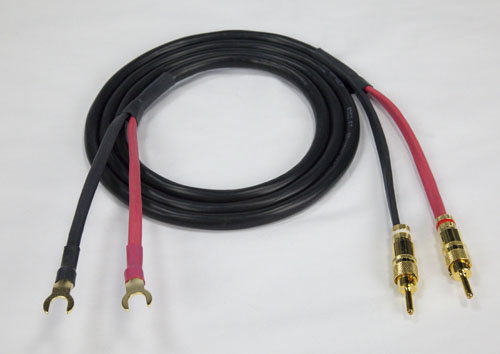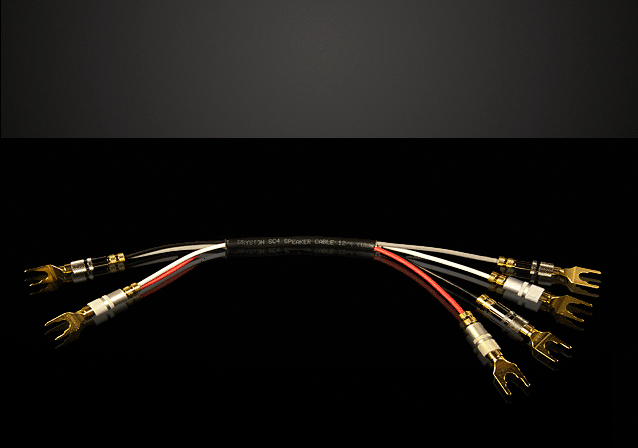Hi,
Yes still bi-wire but now you have 2 separate 4 wire weaved cables per side. I would call Melissa at Bryston and order through her to make sure you get exactly what you are looking for.
james

Single wire - has 4 weaved cables terminated in Banana or Spade

Bi-Wire one end
Thanks for the info & pics James!
By the way, has Bryston ever done any cable comparisons between the Bryston cables and other manufacture's cables?
For example, how would these Bryston speaker cables compare to speaker cables from Siltech, Cardas, Chord, Transparent, BIS, etc. and what improvements (if any) can be expected with speaker cables at roughly 3x-5x the price of Bryston?